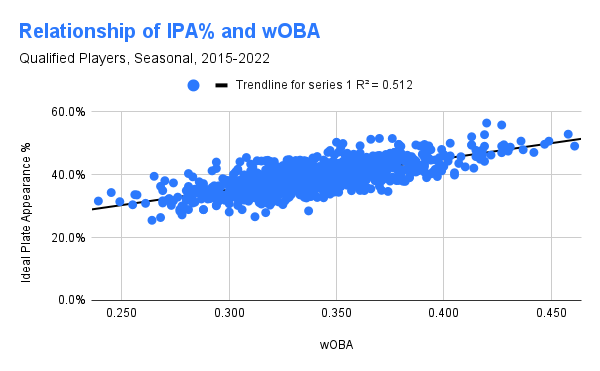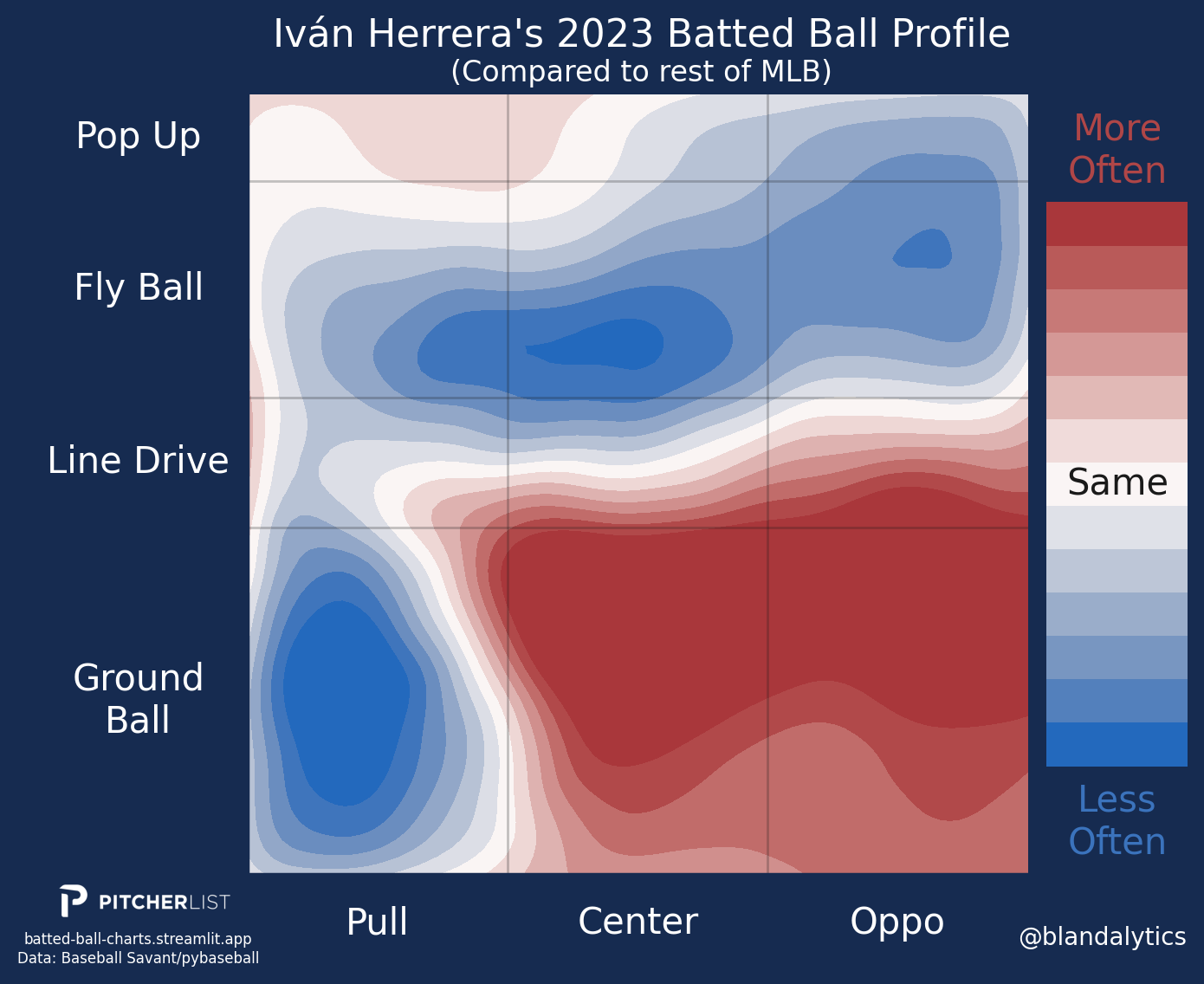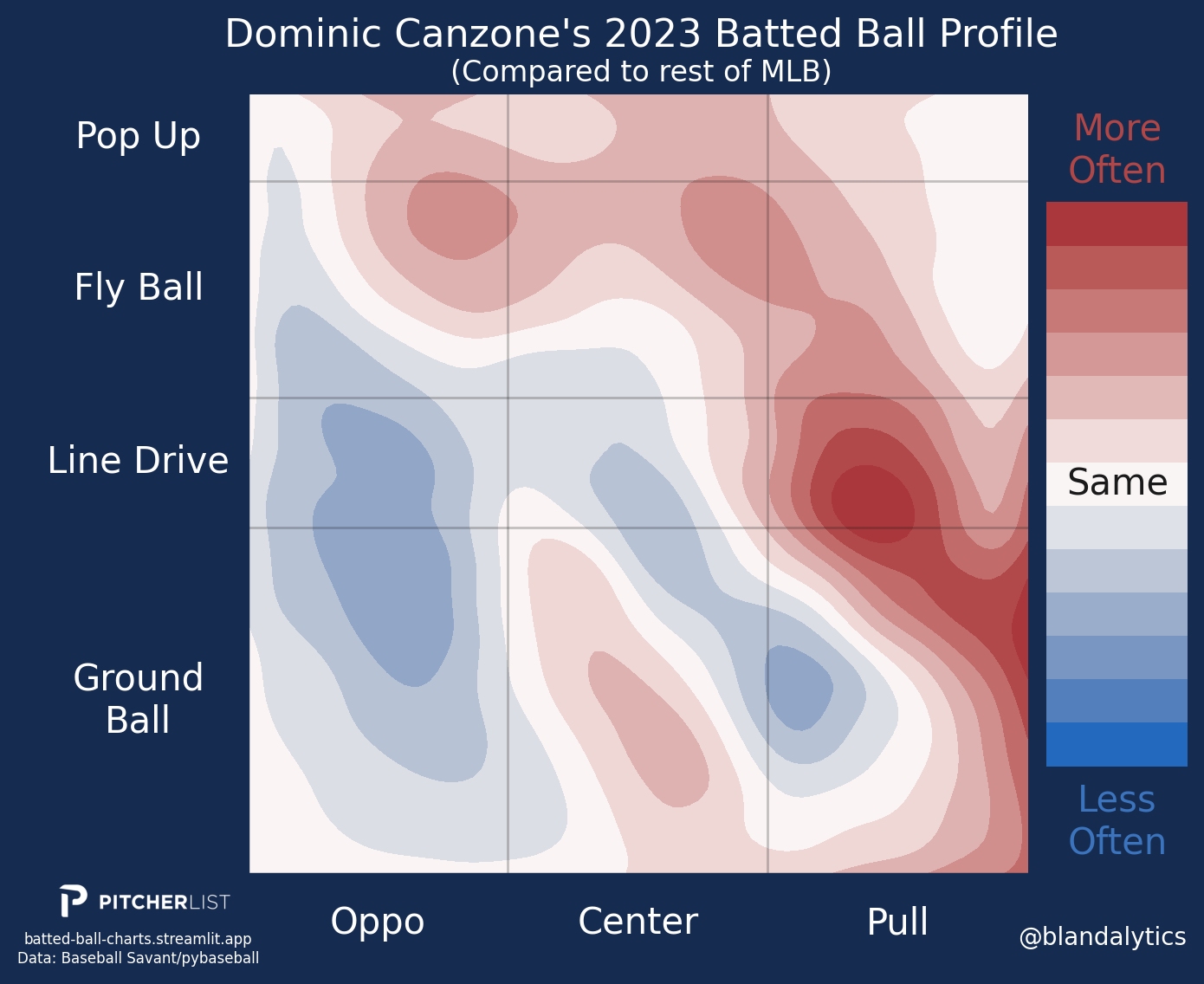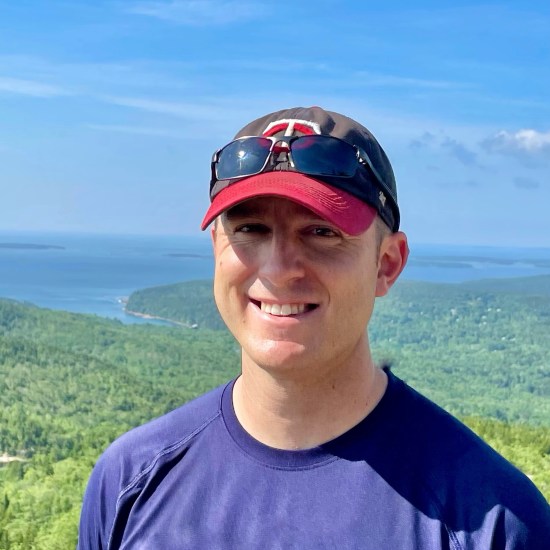Earlier this month, Baseball Savant activated public access to Minor League Statcast data, which many of us have long anticipated. Access to the Major League data has done amazing things for our understanding of the game and led to innovations and new strategies that have dramatically changed how the game is played. The Minor League data is an incomplete data set, as it is limited to the Triple-A level in 2023, Pacific Coast League games and Charlotte home games in 2022, and Single-A games back to 2021, but only in the Florida State League. Still, there is plenty we should be able to do with the nearly two million pitches it has tracked. Mike Petriello wrote a fun overview comparing the majors and minors in several dimensions.
Extending my ideal plate appearance metric (IPA%) to the minor leagues has been on my topic list for a while, and this new data makes that possible. In this post, I’ll be highlighting a handful of Triple-A prospects who IPA% suggests might be MLB-ready.
Recapping IPA%
Ideal plate appearances were inspired by my experiences charting “quality at-bats” as a player in high school and college. Hitters have very little control over the outcomes of their plate appearances but they can exert more control over how they approach their opportunities, their plate discipline and swing decisions, and how often they hit the ball in optimal ways. I proposed last year that we can measure how well they do those things that tend to lead to good outcomes without a complex stat like expected weighted on-base average (xwOBA).
Instead, we can take the share of a player’s plate appearances in which they hit the ball hard (95+ mph exit velocity) or in an ideal contact quality bin (barrel, flares, burners, solid), add in their walks, hit by pitches, and sacrifices to come up with the percentage of their plate appearances that were “ideal.”
- IPA% = ((Max of Hard Hits or Ideal Contacts)+BB+HBP+SF+SH) / Plate Appearances
My research with this metric found that IPA% correlated strongly with the actual weighted on-base average at the player level using a data set of all-qualified seasons from 2015-2022 (excluding 2020).

This metric had a stronger relationship with wOBA than hard-hit rate, both overall and per plate appearance. IPA% is not as “predictive” as xwOBA (r^2 =0.71), but it becomes reliable via Chronbach’s Alpha in only a few hundred plate appearances (~190, whereas xwOBA requires ~340.) Moreover, IPA% proved to be sticky from season to season, with a previous season’s IPA% explaining about 60% of the variation in IPA% the next year.
Applying it to Triple-A
Compared to other levels of minor league baseball, Triple-A offers a unique mix of players who are considered up-and-coming prospects and experienced veterans (many with time in the show) who are hoping for an opportunity. The average age of Triple-A players in 2023 was about 26.5 years old, per Baseball-Reference, and it’s not uncommon for the most prized top prospects to skip Triple-A altogether. Nonetheless, hundreds of Triple-A players are called up to the Majors every year, and now that we have access to their Statcast data we can calculate their IPA percentages.
The 2023 Triple-A IPA% leaderboard looks much like the population of AAA itself:
The top 25 from last season includes several familiar names with Major League experience, like Luke Voit, Kyle Lewis, and Niko Goodrum. There are also veteran organizational depth guys, like Kody Clemens, Mike Ford, Jake Cave, and Greg Allen. It also includes a few players who are post-hype prospects who haven’t yet gotten their Triple-A production to carry over to establish themselves in the majors, like Mark Vientos and Kyle Stowers.
This list is also a great example of the talent gap and level of jump that exists between Triple-A and the Majors. These players more or less dominated Triple-A pitching, but many of them have not been able to establish a permanent foothold at the next level.
As if we needed a reminder, minor league success is far from a guarantee of big league success. When I correlated Triple-A IPA percentages to MLB rookie performance in the past two seasons, the relationship was practically nonexistent.
That could be taken to mean my little exercise here has no predictive value, but performance in the minor leagues remains one of our primary means for identifying potential big leaguers, as fraught as it might be. When trying to pick players that will succeed, we want to see that they’ve conquered the preceding level.
To that end, I want to focus on some of the players that are still thought of as prospects, but who might also factor into their team’s lineup plans for 2024.
Herrera has long been considered the heir to Yadier Molina behind the plate in St. Louis but has been limited to just 66 MLB plate appearances the past two seasons and appears to again be behind Willson Contreras on the depth chart to start 2024. Despite the limited opportunities, Herrera has mostly conquered Triple-A with a keen eye and some pop. Over 651 Triple-A plate appearances, he’s slashed .284/.416/.453 (.384 wOBA) with almost as many walks (17.1%) as strikeouts (19.8%).
Herrera’s power production has been limited by a sub-optimal batted ball profile that includes a 55.3% ground ball rate and a well below-average 28.9% pull rate in the Majors, as you can see in the heat map below. In Triple-A, both of those marks are comparatively better, 47% and 35% respectively, but still worse than is ideal.

Nonetheless, Herrera’s contact and on-base skills provide a solid floor and expectation that he’ll give professional at-bats (especially for a catcher). He’s still just 23 years old, so there is room to improve and he could be a good value option if he gets an extended opportunity to play nearly every day.
The Orioles’ Pipeline: Coby Mayo, Colton Cowser
The Orioles’ player development system keeps churning out potential impact bats and Mayo and Cowser are two of the most notable that are nearly ready to break through. Cowser, a corner outfielder, is breaking camp with the Orioles after struggling in 77 plate appearances in the majors last season (.115/.286/.148). However, he mashed in Spring Training (six home runs, 194 wRC+) and has little left to prove in Triple-A after producing a cumulative .280/.395/.498 line there the past two seasons. As a left-handed hitter, he might be mostly restricted to a platoon role for Baltimore. Most of his power comes against right-handed pitching, but his ability to draw walks means he’s not a total black hole against southpaws.
Mayo, a third baseman, also flashed during Spring Training but will begin the year again in Triple-A after a successful 62-game stretch there last season (.267/.393/.512). Well-ranked among the game’s top 50 prospects, Mayo isn’t sneaking up on anyone entering 2024. However, his approach and combination of hit, discipline, and power tools should enable him to hit the ground running whenever his opportunity comes.
The powerful Canzone is expected to be the Mariners’ primary left-fielder to begin 2024, and he’s coming off massive production in Triple-A – .325/.394/.593 (.417) with 27 homers and 15.2% to 10.1% K% to BB% since 2022 – impressive even after discounting it heavily for the Pacific Coast League. Canzone’s Triple-A success did not carry over to the majors with Arizona or Seattle last season (79 wRC+ and just a 4.4% walk rate in 182 PA), but he was one of the key pieces that Seattle targeted in the Paul Sewald trade.
Canzone has pull-side power (21 of his 27 Triple-A homers were pulled) and he pulled the ball significantly more often than the MLB average last season (48.9% vs. 37% average). That’s obvious in his PLV batted ball heat maps:

Seattle’s T-Mobile Park is MLB’s least friendly park to left-handed hitters per Statcast’s park factors, but it is more neutral (19th) for left-handed home runs – even more favorable for those than Arizona’s Chase Field. If Canzone can pull fly balls and line drives and cut into his 41.8% chase rate, he could be a source of power with a decent on-base-driven floor.

